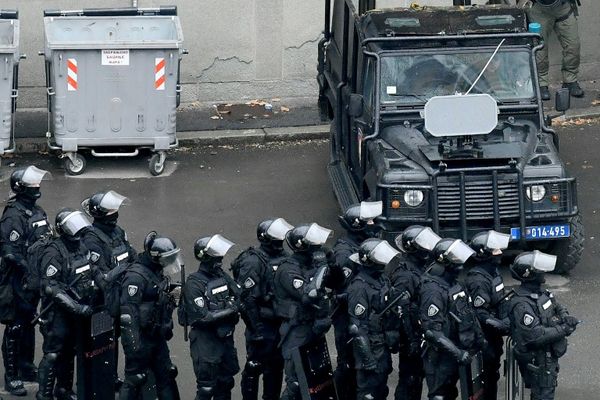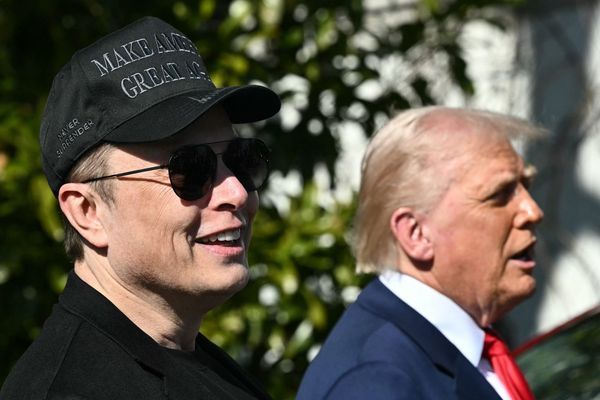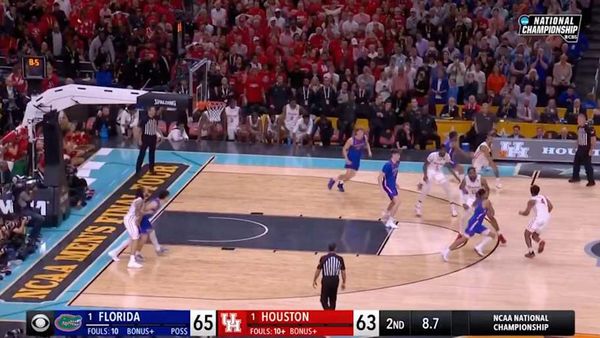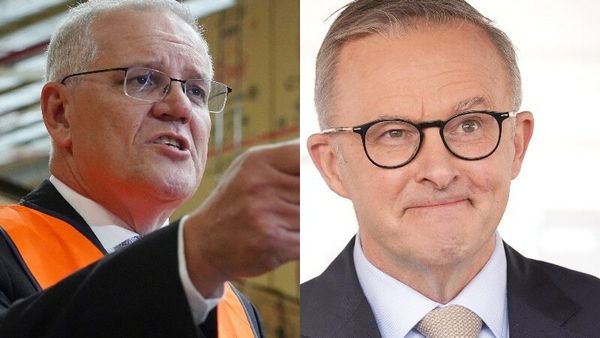As Labor leader Anthony Albanese seeks to clean up after bungling Australia's unemployment figures, Prime Minister Scott Morrison is trying to capitalise on it by making a seemingly bold pledge: to create 1.3 million jobs over five years.
Sound familiar?
The million-or-so-jobs promise has become a feature of Liberal Party campaigns since former prime minister Tony Abbott went to the 2013 poll promising a million jobs over five years.
At the time he was mocked, but Australia ended up hitting the target early. Mr Morrison then topped that figure in 2019, pledging another 1.25 million jobs over five years, but COVID-19 got in the way.
Putting the pandemic aside, the jobs forecasts have largely been in line with projected population growth, meaning Australia was already on track to meet these targets, without any grand intervention.
But to meet Mr Morrison's latest pledge, his government might have to step up.
Was Australia already on track to meet the jobs target?
Australia's staged a remarkable recovery from the COVID-19 pandemic and nowhere is that more obvious than in the jobs figures.
The jobless rate has fallen to 4 per cent, the participation rate's risen to a record high of 66 per cent, and underemployment (a measure of people who are working but want more hours) is at a 14-year low.
But even with all of these Australians in jobs, a staggering number of businesses report they can't find enough workers to operate at full capacity.
And the reason is simple: closed borders.
Economist Gabriela D'Souza said the tight labour market made it very hard to create new jobs so, just as it always has been, immigration was going to be crucial to reaching Mr Morrison's target.
"Given how low our unemployment rate is and the lack of slack in the labour market, [the target] is almost certainly something that will need to be filled by migration," she said.
Or as another economist, Chris Richardson, puts it: "Any jobs promise is a border promise."
What role has immigration played?
Australia's relied on high immigration rates for decades to boost its population and fill labour shortages. Before the pandemic, the population was projected to increase by two million over the next five years.
But then the border was closed and foreigners were effectively shut out.
Net overseas migration (NOM) fell into negative territory, meaning Australia's population actually declined. And it's not expected to recover to pre-pandemic levels of around 200,000 until 2023-24.
But Mr Richardson reckons even that is an optimistic forecast given migrants aren't exactly rushing back to Australia's shores.
One way to speed this up would be to lift the cap on skilled migration — something businesses are crying out for — but when asked on Tuesday, Mr Morrison appeared to rule that out.
"The cap is there at 160,000. There's no change to that," Mr Morrison told reporters.
He cited the government's existing commitments (in areas including tax and skills) plus yet-to-be-announced policies as ways he would achieve his jobs pledge.
Where will the jobs be created?
For some time now, Australia's been moving from a "goods" to a "services" economy. Given the ageing population, it's no surprise that the biggest jobs growth is in the health care sector.
You just have to look at Labor's election commitment — to have round-the-clock nursing in every aged care home — to see where a lot of jobs will be created.
Health is closely followed by what's called "professional, scientific and technical services", which includes everything from lawyers, engineers and architects to designers and computer programmers.
And the residential housing boom is continuing to create jobs in construction.
There's no shortage of demand for workers. The challenge for Mr Morrison will be working out ways of meeting it more quickly.










